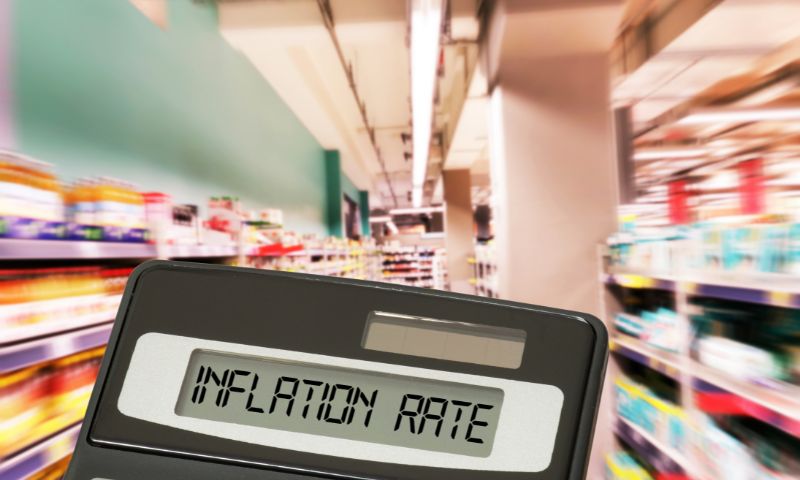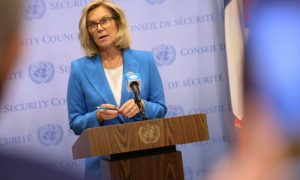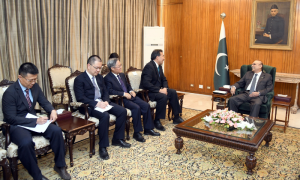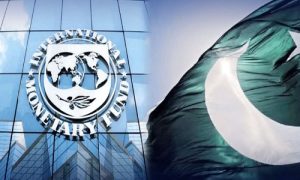ISLAMABAD: Inflation jumped to a 59-year highest level of 36.4 percent in the month of April, squeezing the people’s purchasing power amid almost no economic growth, thanks to the government’s missteps and administrative measures, local media reported on Wednesday.
A year ago, when the Pakistan Tehreek-e-Insaf (PTI) government was sent packing, the annual inflation rate was 13.4 percent, which skyrocketed within a year to 36.4 percent. This underscores the economic mismanagement of Prime Minister Shehbaz Sharif’s government.
The Pakistan Bureau of Statistics (PBS) – the country’s data collecting agency – on Tuesday reported that the Consumer Price Index (CPI) rose to 36.4percent – a figure that may be factual but still does not truly represent the harsh ground realities in Pakistan in terms of public sufferings. Except Iran, where inflation rate was 53 percent, there was no parallel in whole of Asia subcontinent to Pakistan, suggesting that the inflation was more because of local conditions than international economic factors.
It was the highest pace of inflation since 1964 that spiked closer to the record-ever inflation rate of 37.8 percent. The reading viz-a-viz inflation was in line with the predictions of the Finance Ministry of 36 percent to 38 percent in April.
Amid spiraling inflation and almost no economic growth, the Shehbaz-led government appears to be a silent spectator to the situation and is spending most of its energies in fighting out a political battle especially in the court for its survival.
A document of the Finance Ministry showed that the economic growth rate may remain around 0.8 percent in this fiscal year with industrial and agriculture sectors treading towards a negative growth.
The inflation rate remained high in rural areas of the country where it has been recorded at 40.7 percent – already crossing the historical mark of 37.8 percent. It is to note that the majority of the country’s population still lives in rural areas. The inflation rate, however, jumped to 33.5 percent in the cities, according to the national data collecting agency.
According to the PBS, the food inflation hit 52.2 percent in rural areas, thanks to the federal government’s decision of increasing the wheat support price by 77 percent in one go.
The PML-N led coalition government also allowed sugar export which contributed to a 42 percent increase in its commodity prices in the domestic market.
There were seven consumer price groups that registered the inflation rate over 40percent including tobacco and alcoholic beverages that surged to 134 percent due to the federal government’s decision to increase taxes on beverages and tobacco. Yet the Federal Board of Revenue (FBR) has sustained massive revenue shortfall of Rs400bn in just 10 months of this fiscal year.
The currency rupee devaluation, mostly caused by the government’s failure to secure a deal with the International Monetary Fund (IMF), increase in prices of electricity, gas and a mini-budget have collectively contributed to the 59-year highest inflation rate in the country. There was hardly any consumable good that had not seen its price going up in recent months. For the next fiscal year, the Finance Ministry has projected average 20 percent inflation rate.
The wheat flour – the staple food of every household – saw prices going up 107percent while wheat became expensive by 103 percent in April compared to a year ago.
The inflation for the transport consumer price group was 56 percent, beverages and tobacco groups 134 percent, recreation and culture 69 percent, and for perishable food group, it was 27 percent. The inflation rate for the non-perishable food products surged 49 percent in April. The prices of pulses went up by 58 percent and milk prices saw an increase of 40 percent.
The non-food inflation rate increased to 30percent in rural areas and 25 percent in cities. The electricity prices in April were higher by 31 percent and that of gas 63 percent compared to the previous fiscal year. The petrol was expensive by 76 percent compared to a year ago.
The cost of text books went up by 106 percent to 126 percent across the country and the stationary became expensive by 84 percent. For the July-April period of the fiscal year 2022-23, according to the data, the average inflation rate stood at 28.3percent, which was more than double the official target of 11.5percent for the current fiscal year set before the floods that hits large parts of the country, especially in Sindh and Balochistan.























